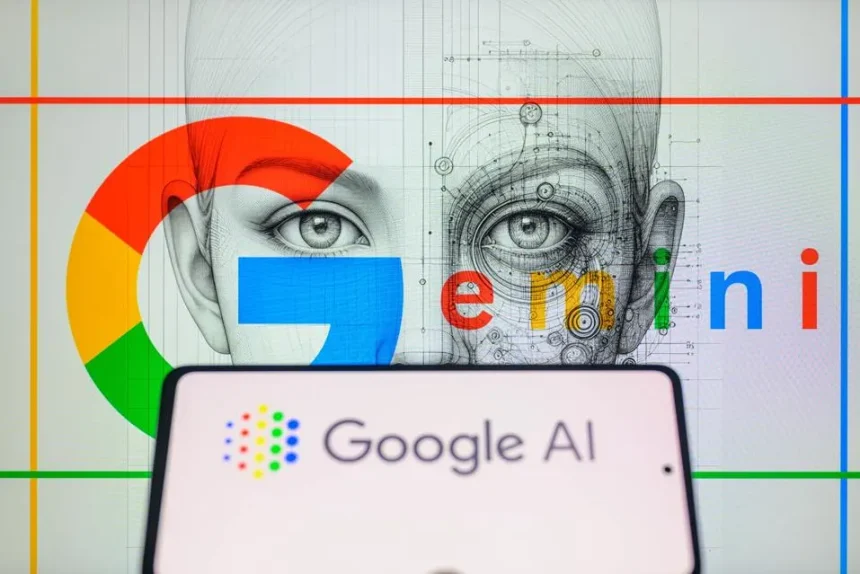Google’s new Gemini model represents a breakthrough in artificial intelligence (AI) technology, setting a new standard in the AI space. As the latest model in Google’s AI portfolio, Gemini is poised to transform not only how AI works but also how it integrates into various sectors, from natural language processing (NLP) to robotics. This comprehensive guide will delve into the innovations, applications, and future potential of Google’s Gemini model, shedding light on why it’s such a significant development in the world of AI.
Introduction to Google’s Gemini Model
Artificial intelligence has seen a rapid evolution in recent years, and Google has been at the forefront of these advancements. Their latest offering, the Google Gemini model, is no exception, representing a significant leap forward in AI technology. This new model integrates cutting-edge techniques to deliver unprecedented performance across a wide range of applications, from natural language processing to computer vision and even robotics.
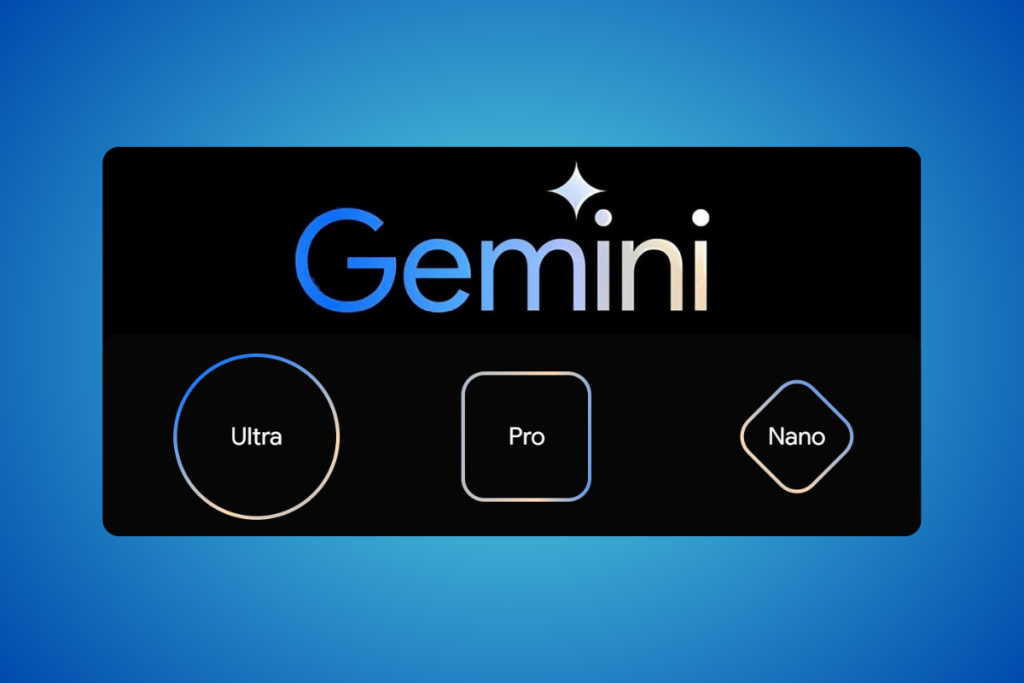
What is Google’s Gemini Model?
The Gemini model is the latest addition to Google’s suite of AI models, building on the strengths of its predecessors such as LaMDA and PaLM. While these earlier models focused primarily on natural language processing (NLP), Google Gemini takes it a step further by incorporating multimodal capabilities, allowing it to process and interpret not just text but also images, video, and audio. This expanded functionality makes Gemini a versatile and powerful tool for various industries.
Key Features of Google Gemini
Multimodal Learning
One of the standout features of the Google Gemini model is its ability to handle multimodal learning. This means it can process multiple types of input data—such as text, images, and videos—simultaneously. This opens up new possibilities for applications that require AI to understand and interpret complex information from different media types.
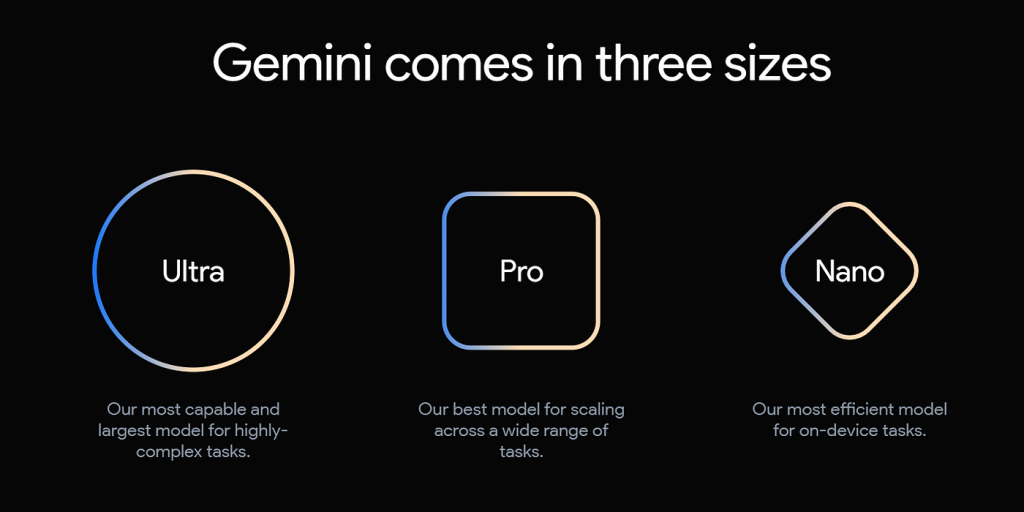
For example, Gemini could be used in healthcare to analyze medical images alongside patient reports, providing a more comprehensive diagnosis. Similarly, in retail, it could enhance customer experiences by processing both visual and textual data to offer more personalized shopping recommendations.
Integration of NLP and Computer Vision
Google Gemini is unique because it integrates natural language processing (NLP) with computer vision, allowing it to handle tasks that involve both text and images. This is particularly important for industries like autonomous driving, where AI needs to interpret visual cues from the environment while also processing instructions or maps in textual format.
This integration also enables Gemini to offer more accurate and context-aware responses in chatbots, virtual assistants, and other NLP-driven applications, making them more useful and intuitive for users.
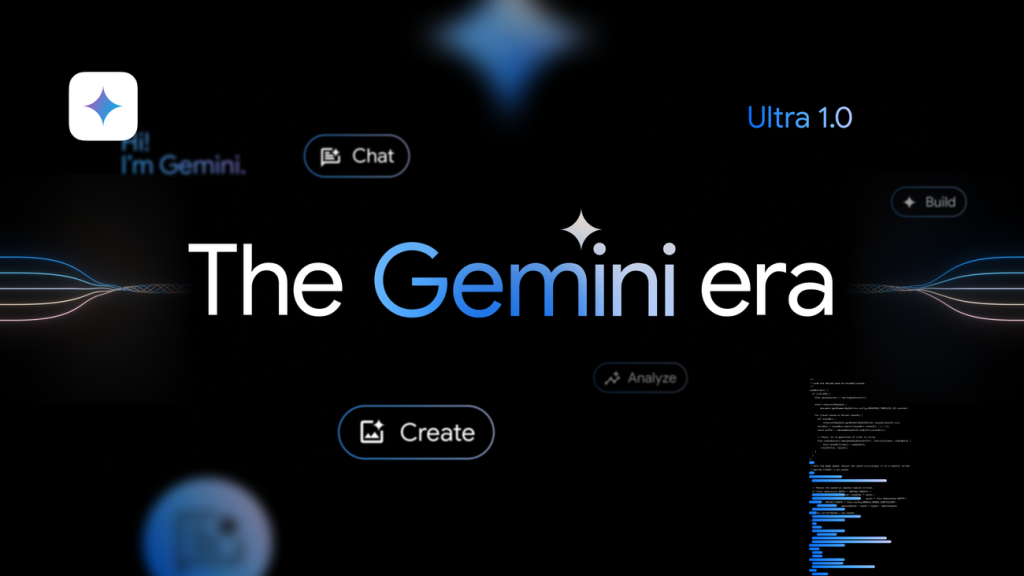
Advanced Reinforcement Learning
Another key feature of Google Gemini is its use of reinforcement learning to improve decision-making processes. Reinforcement learning allows the AI to learn from its actions and the outcomes they produce, enabling it to become more efficient and effective over time.
This is especially useful in areas like robotics and autonomous systems, where real-time decision-making is crucial. By learning from its environment and adjusting its actions accordingly, Gemini can enhance the performance of robots in tasks ranging from industrial automation to personal assistance.
Why Google Developed the Gemini Model
Addressing Limitations in Previous Models
While Google’s previous AI models such as LaMDA and PaLM have made significant strides in NLP, they were still limited by their inability to process and integrate multimodal data effectively. Google developed the Gemini model to overcome these limitations, offering a more versatile AI system that can handle a wider range of tasks.
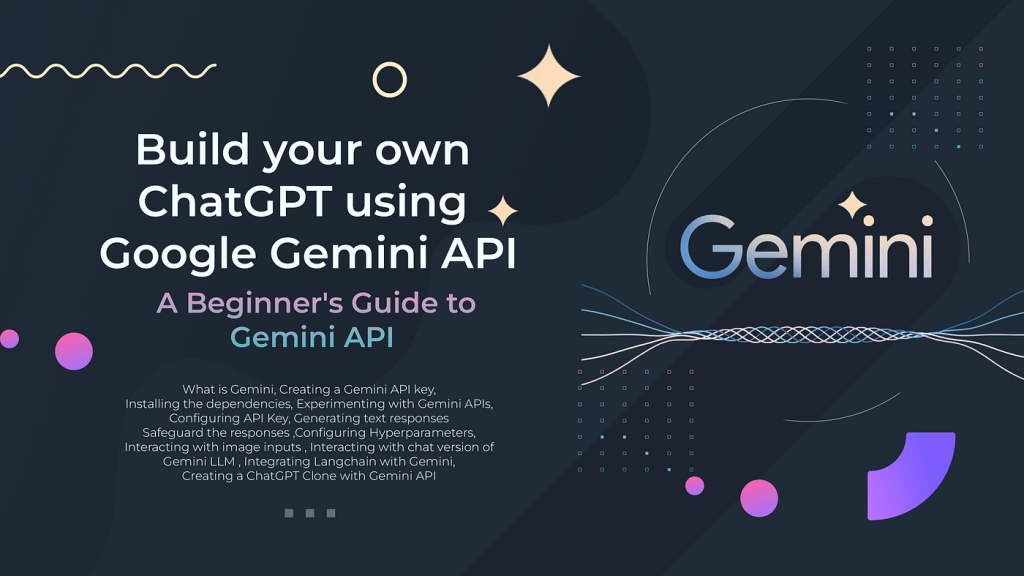
Expanding the Capabilities of AI
With the rise of smart technologies and the increasing complexity of real-world problems, there is a growing demand for AI models that can understand and interact with multiple types of data simultaneously. By incorporating multimodal learning, Google Gemini expands the capabilities of AI, making it applicable in more diverse fields, from education to autonomous vehicles.
The Architecture Behind Google’s Gemini Model
Transformer-Based Architecture
Like many of Google’s recent AI models, Gemini is built on a transformer-based architecture. This architecture is well-suited to handling large datasets and complex tasks, allowing the model to process and understand vast amounts of information quickly and accurately. Transformers are particularly useful for tasks involving sequential data like text, making them ideal for NLP applications.
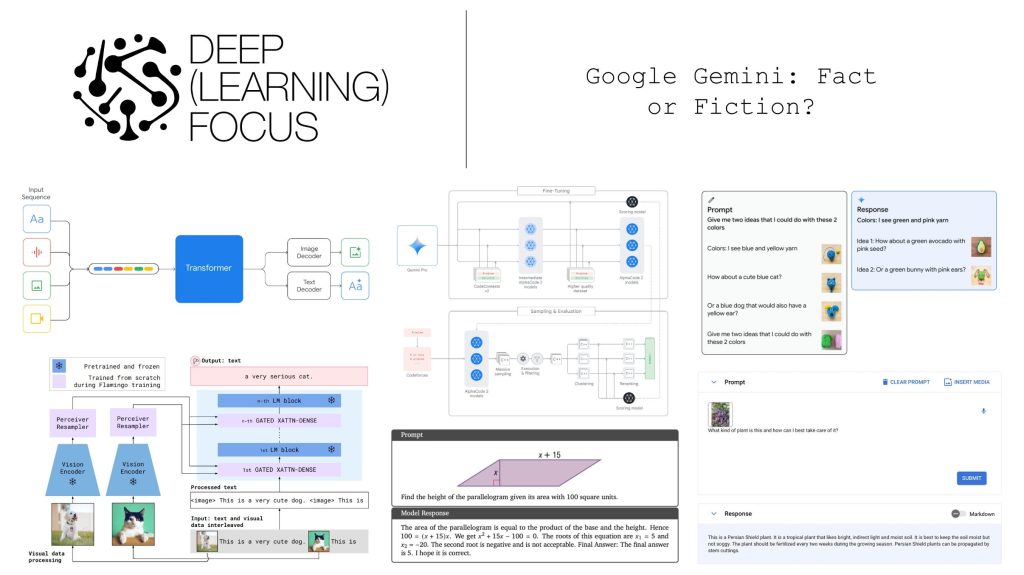
Multi-Task Learning
Another key component of Gemini’s architecture is its ability to perform multi-task learning. This means the model can handle multiple tasks at the same time, learning from each task to improve its overall performance. This is crucial for applications that require AI to switch between different types of input or tasks, such as interpreting both text and images simultaneously.
The Role of Gemini in NLP
Elevating Language Understanding
With its advanced NLP capabilities, Google Gemini is set to revolutionize how AI understands and processes human language. The model can interpret more nuanced meanings and respond with greater accuracy than previous AI systems. This makes it an ideal tool for applications like chatbots, virtual assistants, and language translation services.
Handling Ambiguities and Context
One of the biggest challenges in NLP is handling ambiguities and understanding the context in which words are used. Gemini addresses this by leveraging context-aware algorithms that can interpret meaning based on the surrounding information. This allows the model to produce more relevant and meaningful responses, even in complex or ambiguous situations.
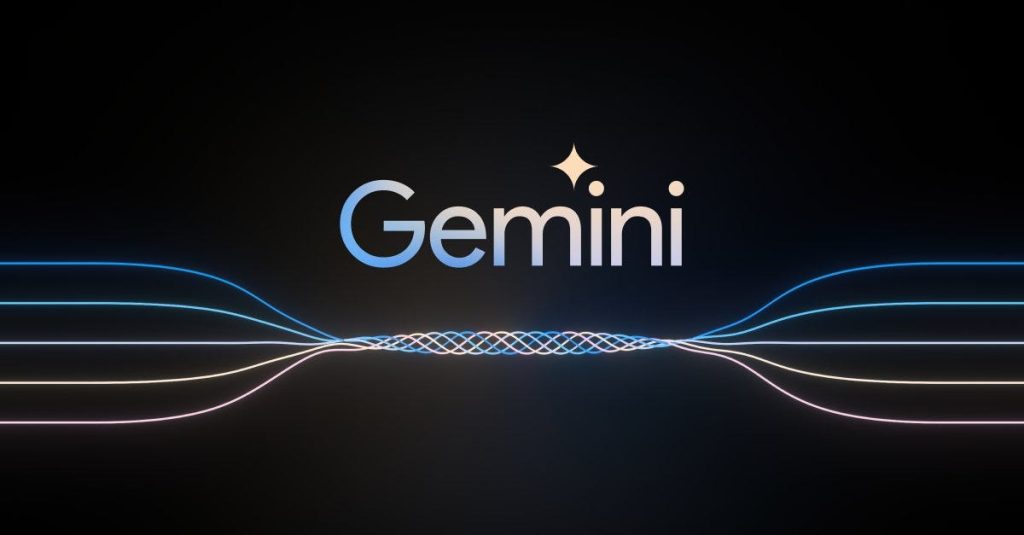
Impact on Robotics and Autonomous Systems
Real-World Applications in Robotics
The Gemini model’s ability to process multimodal data has significant implications for robotics. By integrating visual, textual, and auditory data, Gemini can enhance a robot’s ability to navigate and interact with its environment more effectively. This opens up new possibilities for industrial automation, healthcare robots, and even personal assistants.
Enhancing Autonomous Vehicles
In the field of autonomous driving, Gemini’s multimodal capabilities allow it to process visual data from cameras alongside text-based data from maps or instructions. This improves the vehicle’s ability to make informed decisions in real-time, enhancing both safety and efficiency.
Multimodal Capabilities in Google Gemini
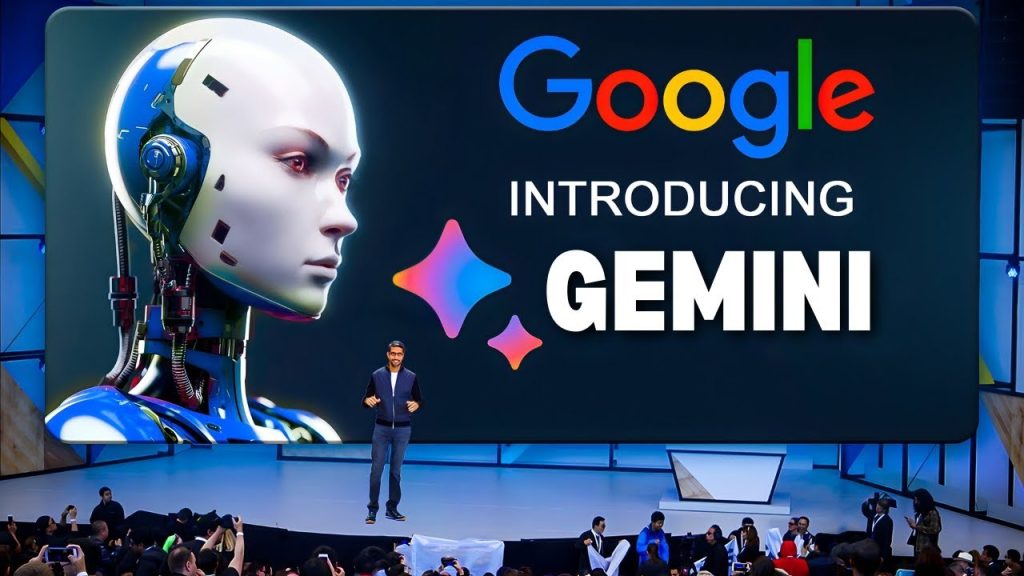
How Gemini Handles Text, Images, and Video
One of the most groundbreaking aspects of Google Gemini is its ability to handle multiple forms of data—text, images, and video—in a single model. This allows for more comprehensive AI applications that can process and interpret complex, multimodal information.
For instance, in smart cities, Gemini could be used to analyze video footage from surveillance cameras alongside textual reports to enhance public safety measures.
The Future of Multimodal AI Interaction
As AI continues to evolve, multimodal interaction will likely become the norm. Google Gemini’s ability to seamlessly integrate different types of data is a significant step towards this future, offering more intuitive and human-like interactions between AI systems and users.
Conclusion
Google’s new Gemini model is a landmark development in AI technology, offering advanced multimodal capabilities, superior NLP integration, and a wide range of applications across industries. Whether it’s revolutionizing healthcare, improving autonomous systems, or enhancing natural language understanding, Google Gemini is poised to shape the future of AI in unprecedented ways.
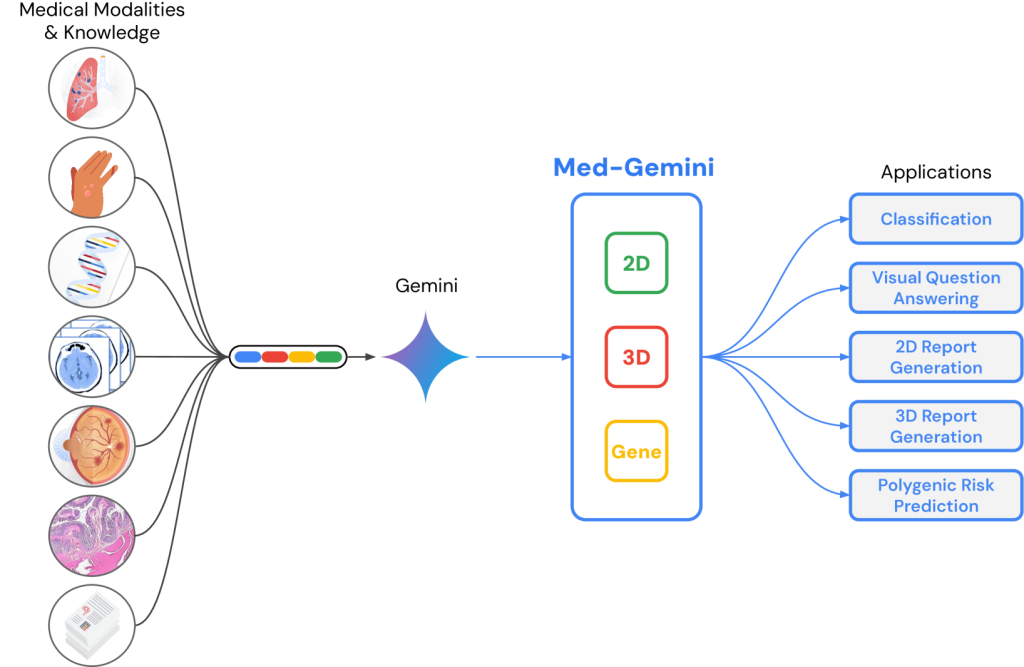
With its robust architecture and advanced learning techniques, Gemini sets a new benchmark for what AI can achieve, and the potential applications are vast. As Google continues to refine and expand the model, the world of AI stands on the brink of an exciting new era.
FAQs
What is Google Gemini AI?
How does Google Gemini improve on LaMDA and PaLM?
What are the key applications of Google’s Gemini model?
How does Google Gemini handle multimodal inputs?
What are the challenges in training Google Gemini?
How does Google ensure ethical AI use with Gemini?

